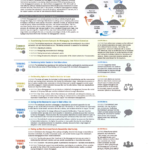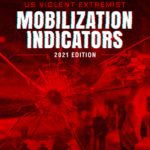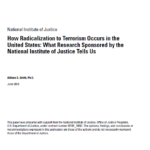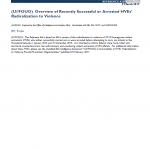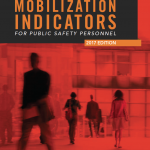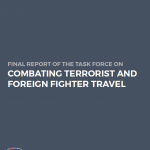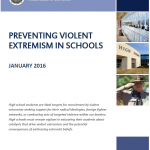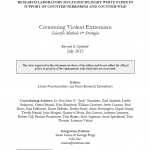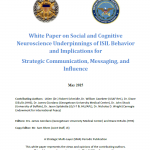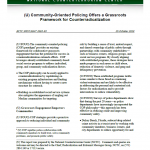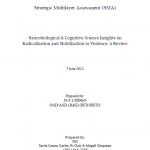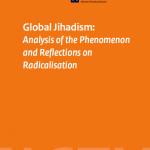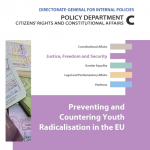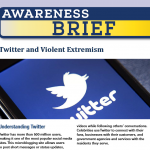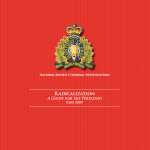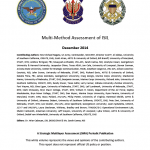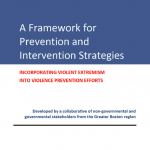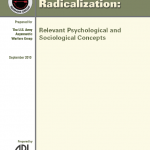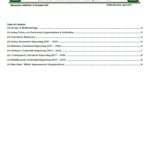
Due to indications of an increase in extremist activity by former and current military personnel, evidenced by a spike in open source reporting, the ARTIC has produced this report examining 22 cases of current and former DoD members expressing support for and or allegedly affiliated with extremist groups while serving in or having recently separated from the military from 2017 – 2019. For the purposes of this report, the ARTIC considered an organization to be “extremist” if its core ideology espouses racially motivated hatred, such as Neo-Nazism, white supremacism, or black separatism, and or religious hatred, such as espoused by al-Qa’ida or the Islamic State of Iraq and Syria. The majority of the information within this report was obtained via open sources. Due to the nature of open source reporting, and the possibility of ongoing investigations involving DoD personnel within this report, some of the allegations presented may prove to be unfounded.

